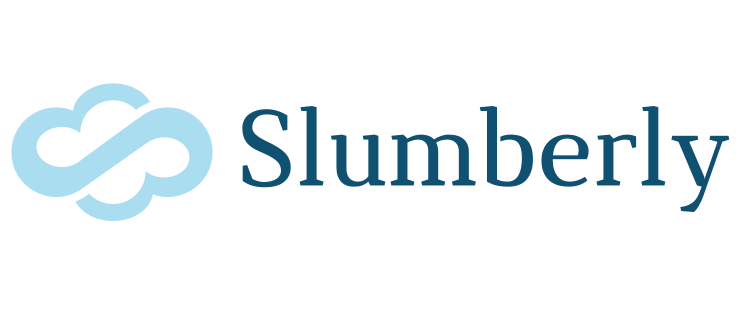The Pacifier: A Sleep Prop or a Sleep Tool?
One of the greatest barriers to a baby sleeping through the night is a dependency on sleep props. A sleep prop is anything your baby relies on to fall asleep that requires YOU to intervene. This could be an action- being rocked or fed to sleep- or an object, like a pacifier. A sleep tool, on the other hand, is anything that enhances your baby’s quality of sleep and does not require you to intervene.
How to tell when something goes from being a sleep tool to a sleep prop? Let’s use the example of a pacifier. A pacifier only becomes a sleep prop if your baby relies on you to replace it each time it falls out. Otherwise, we consider a pacifier a sleep tool.
Rocking your baby can also easily become a sleep prop. We have worked with many families who have rocked their baby to sleep each night and then have to break this habit because their baby soon becomes reliant on this to fall asleep.*
If a baby is rocked or fed to sleep each night, it is not uncommon to find they become dependent on that to fall back to sleep every time they wake up at night or during a nap.
This does not mean you can’t rock your baby or feed them before bed! It simply means that by putting your baby in bed drowsy but still awake will give them the opportunity to fall sleep independently, rather than relying on you to help them.
As your child learns to fall asleep independently, they will be better equipped to fall back to sleep each time they wake between sleep cycles. (And less likely to need your help, which means more sleep for everyone!)
*It is worth mentioning that we do not consider blackout curtains, white noise machines, or sleep sacks and swaddles to be sleep props; all these items foster a positive sleep environment, support your baby’s ability to connect their sleep cycles independently, and do not require your intervention in order for your baby to fall back to sleep.

